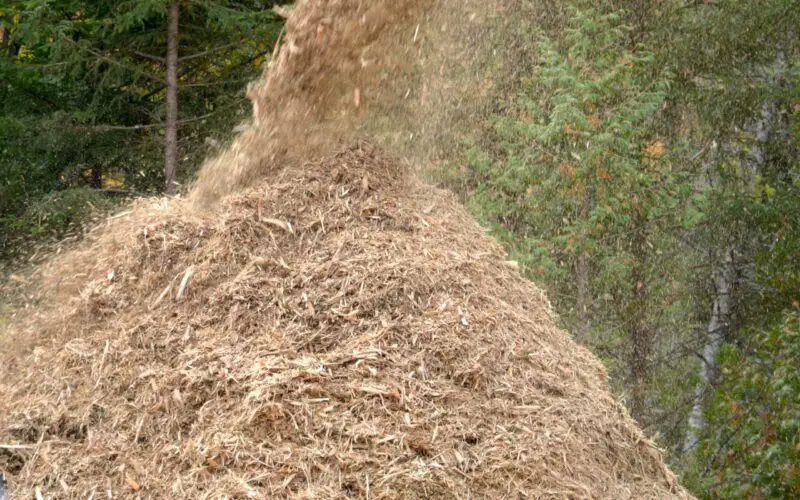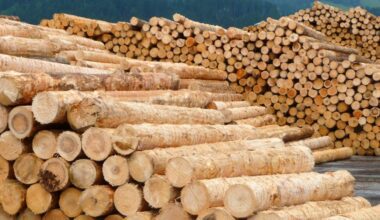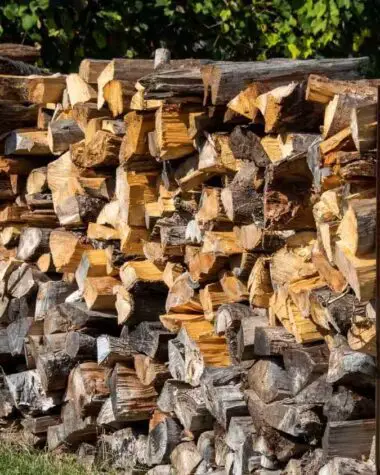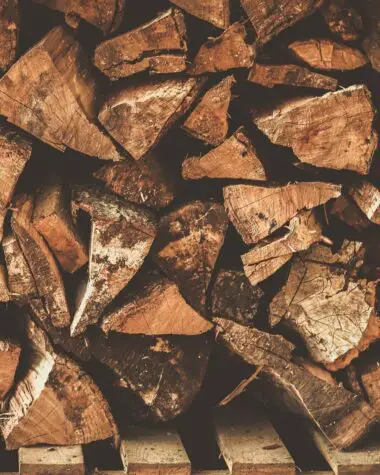There are several ways to process wood chips to make wood pulp, which includes chemical and mechanical extractions. Wood pulp is one of the wood by-products used to make paper and various materials. For instance, you might have used it if you have had a hamburger, used soap, or dried yourself with a rayon towel.
Looking for more information about wood pulp is a great idea, as this guide will explain what it is, how it is processed, and what applications this useful product has.
Wood Pulp Explained
Trees, cotton, and other plant materials are the main ingredients used to make wood pulp. This wood by-product is safe to use and consume. Additionally, making wood pulp is incredibly simple and inexpensive.
Wood pulp is extracted during the papermaking process by decomposing recycled paper or wood chips. However, there are other ways to make wood pulp depending on the product that has to be generated. The list below is the most typical types of wood pulp according to how they are processed.
Chemical Wood Pulp
This is a wood pulp made from wood that has been digested or cooked using different chemicals or solutions. This one can be used to make sturdy, color-resistant paper. Chemical pulps are not only used to make paper. Paper bags, shipping containers, writing, and printing materials are also made with them.
Mechanical Wood Pulp
This wood pulp includes any type produced entirely or partially by a mechanical method. The ingredients include chip mechanical pulp and stone groundwood. Due to the significant residual lignin or glue concentration left in the pulp after the complete process, this method has a higher yield than employing chemicals.
However, paper produced using a mechanical method is thinner and weaker. Mechanical wood pulp creates newspaper papers, specialty papers, tissue, and paperboard.
Processes of Making Wood Pulp
The above points are the most common types of wood pulp. Hence, they also show the process they undergo to create one. To make pulp, the cellulose fibers of the wood are mechanically or chemically separated.
Chemical Separation
Chemical separation for the extraction of wood pulp involves burning the wood chips at high temperatures in a solution of water, sodium hydroxide (NaOH), and sodium sulfide (Na2S). This process breaks the wood chips into a pulp.
Wood fiber is separated into different components: cellulose fibers, lignin, and sugars. The pulp is washed and separated from other substances, such as lignin. This is screened to further clean it, resulting in a mixture that looks like a slurry. This will be further washed and bleached depending on its use.
Mechanical Separation
Another way to create wood pulp is by mechanical methods. The wood is ground, and wood chips are heated and fed to a machine with rotating discs. The chips are broken up into smaller chunks and then into individual fibers. The product is blended with water to create a thick slurry mixture and then dried.
The slurry is then passed through various presses and heaters to remove excess water. Wood pulp is naturally light brown. It may be bleached to make white copy paper. An example of unbleached wood pulp paper is paper grocery bags.
The Type Of Wood For Your Wood Pulp
The quality and characteristics of the pulp are influenced by the kind of wood used. Thus, it determines the product the produced pulp can be utilized for. For instance, compared to hardwood, softwood creates a completely different pulp and is utilized to create very distinct products.
Softwood belongs to the conifer family, such as pine and spruce. They have low-density, lengthy fibers. Their long fibers give them strength, resulting in strong products. Softwood pulp is excellent for paper towels, toilet paper, diapers, and other hygiene items since it also boosts absorbency.
On the other hand, hardwoods have shorter fibers, which means they create not-so-strong and soft products like tissue paper.
Generally, softwood is popular to use because of its strength. As a result, manufacturers use it to make boxes and packing papers.
Summary
Wood pulp is one piece of evidence proving wood’s usefulness to humans. As a wood by-product, wood pulp turns into numerous paper products that serve many purposes. Without the discovery of wood pulp, the world could not imagine life without papers and the like materials. Thus, it is another fact about wood worth noting and preserving because most human transactions depend on it.








